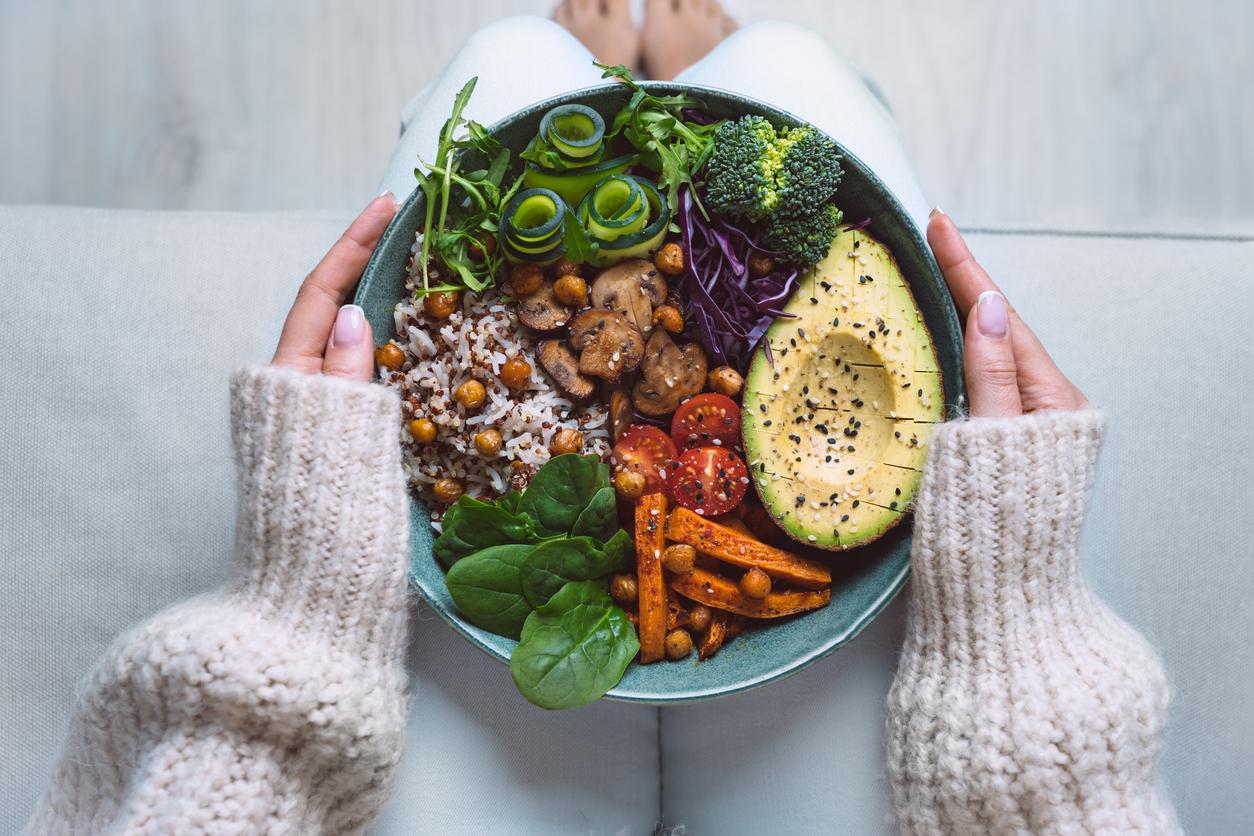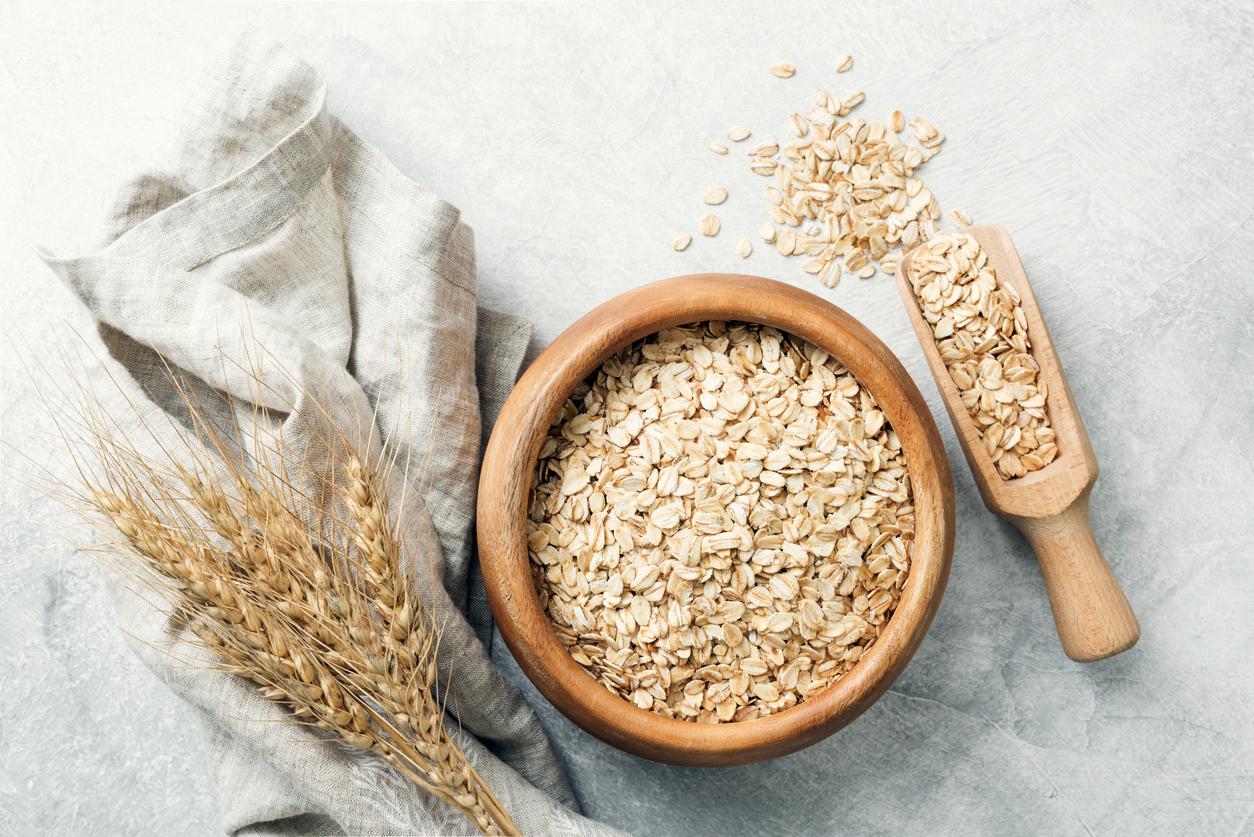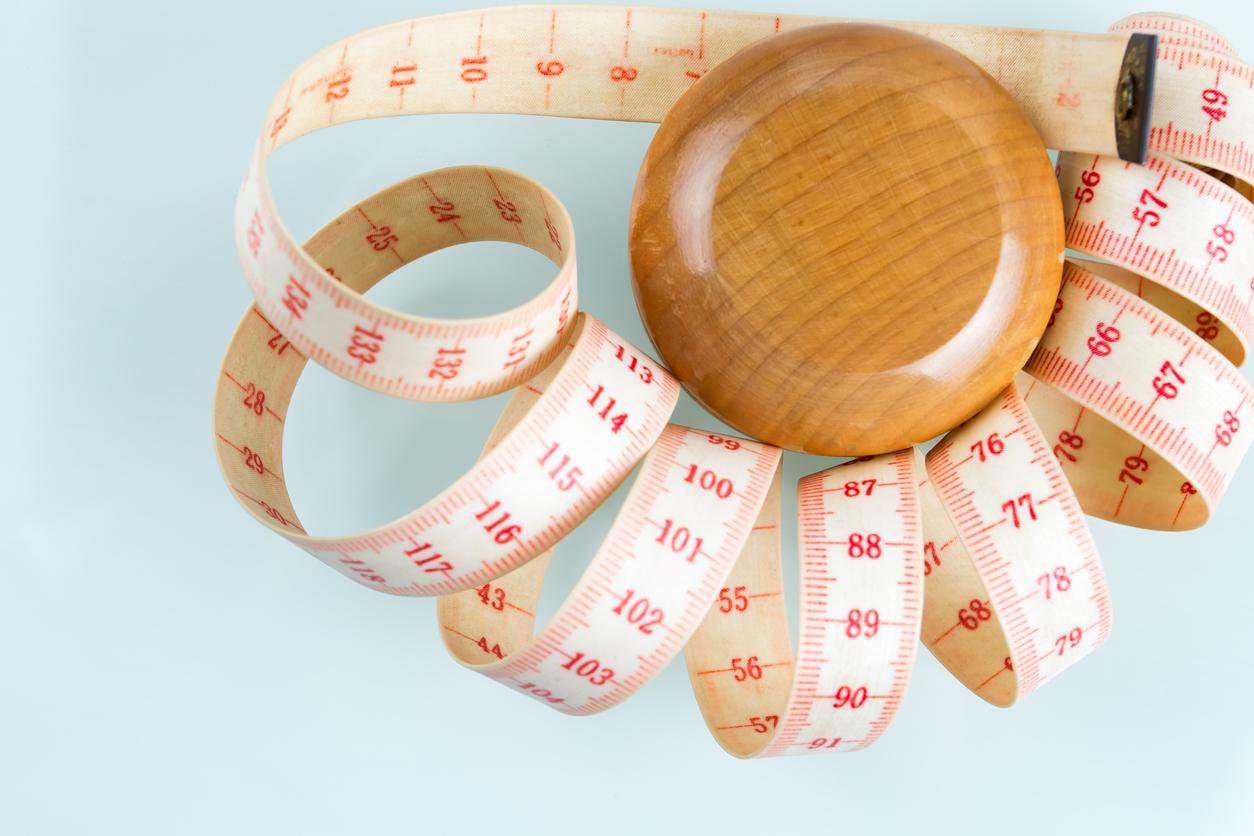Legumes are rich in fiber, so excellent for transit. Above all, they have a strong power of satiety, which limits cravings for snacking outside meals. The advantages of legumes for weight loss are therefore very real! Your small slimming step is to reintroduce them to your plate at least two or three times a week.
Legumes (or pulses) are the poor relatives of French cuisine. Yet they have remarkable nutritional value and provide most carbohydrates and proteins that the body needs. We consume less than 2 kg per year and per person, compared with the consumption of South Americans or Africans (more than 10 kg).
The 3 categories of legumes
The group of legumes refers to plants whose fruits are pods containing dry edible grains. They are considered as starches from an energy point of view because they are rich in starch.
When legumes are eaten with cereals during the same meal, their complementary amino acids combine and provide the body with proteins equivalent to those of meat or eggs. In addition, most of these pulses contain only 1.2% fat!
ALL OUR SLIMMING TIPS
They are divided into three categories:
- Broad beans or dried beans: red beans, white beans, black beans, soy beans, lima beans, fava beans, flageolets…
- Peas: whole, split, chick, peas…
- Lentils: green, red, brown, coral.
They are excellent sources of protein and carbohydrates which can also replace the meat or fish than dairy products. They help to lower the cholesterol and to control the blood sugar. Thanks to the soluble fibers they contain, legumes promote digestive comfort, help moderate appetite and fight against obesity.
As legumes are rich in carbohydrates, this must be taken into account when composing your menus. For example 100g rice and 100g kidney beans (cooked weight).
You must also be careful not to over-consume them because their high fiber content could cause intestinal irritation. Therefore, a consumption of legumes two or three times a week is generally indicated.
The ideal proportions? two thirds of cerealsa third of legumes. For a meal, mix, for example, two tablespoons of rice with a tablespoon of red beans. On one day, enjoy a bowl of muesli in the morning, a portion of lentils for lunch and one of pasta in the evening.
Legumes to lose weight, really?
In 2016, a Canadian study based on 21 clinical trials (nearly 1000 participants in all)* produced interesting results on theslimming effect of legumes.
By adding a 130g serving of pulses to their diet each day, participants averaged 340g over a six-week period, without having to reduce their intake of other foods.
Conclusion, legumes actually contribute to weight loss in a moderate way, but above all, they avoid taking it back thanks to their nutritional specificities? Eating pulses may help limit intake of less healthy foodssuch as animal protein or bad fats.
Legumes to lose weight, it is therefore a reality, even if the author of the study has mainly insisted on their ability to prevent weight regain.
Legumes should preferably be eaten twice a week. Rich in vegetable proteins, they can replace meat and poultry for vegetarians. Like fruits and vegetables, it is advisable to consume legumes grown according to production methods that reduce exposure to pesticides, as a precautionary measure.
A royal choice for health
Rich in essential amino acids, minerals (iron, calcium, potassium, magnesium, zinc), vitamins (B9, C, A, E), pulses have a low glycemic index. This would prevent the complications of diabetes and cardiovascular problems. Also, they contain antioxidants that could prevent the risk of breast and prostate cancer (soy in particular).
Legumes contain almost as much protein as meat, eggs or fish. A cup of cooked legumes satisfies the appetite than 60 g of cooked red meat, chicken or fish. There are also many fibers, minerals (calcium and iron in particular) and trace elements (copper, manganese, zinc). Beans and chickpeas, for example, contain as much calcium as camembert or cottage cheese.
Here are three types of combination of cereals and legumes to inspire you:
- Legumes + grain products: spaghetti + lentil sauce or pea soup + bread.
- Legumes + nuts or seeds: red bean salad + walnuts or lentil salad + almonds,
- Legumes + animal protein: Chili with beans + beef or chicken.
In addition to these many benefits, pulses are economical and suitable for people gluten sensitive. In addition to being available all year round and easy to store, these foods come in several varieties with different tastes.
Definitely legumes have everything to please. In addition, they keep for a long time (even after being cooked) and are very good reheated.
* Study led by Dr. Russell de Souza and published in theAmerican Journal of Clinical Nutrition
Find all the Small slimming steps

This text is one of the program’s 10 bonus tips 10 Small Slimming Steps which offers you to receive an Email every morning for 10 days. Goal: lose 4 to 5 kg in 1 month (100% free)
Click here to sign up and start losing weight
















